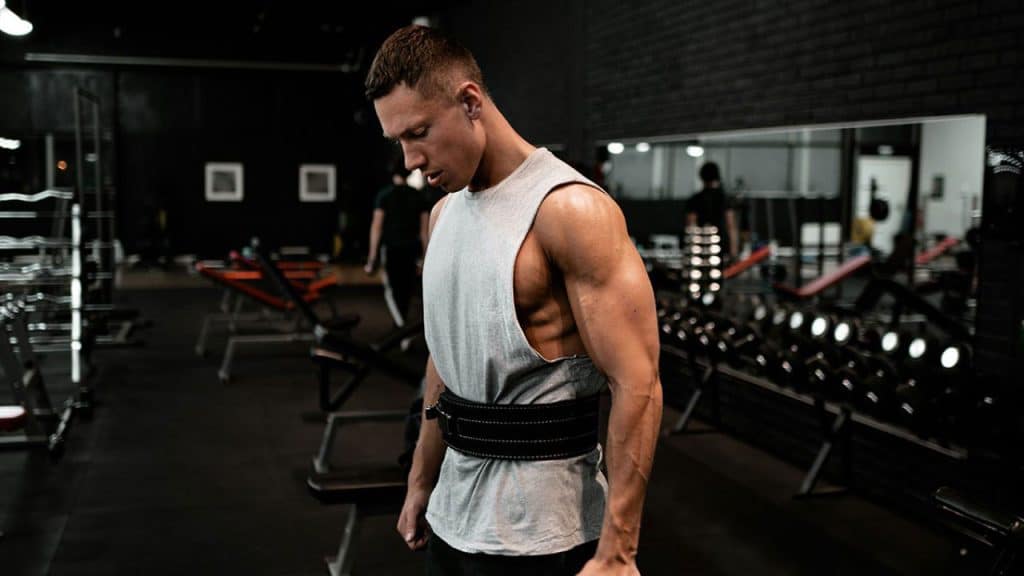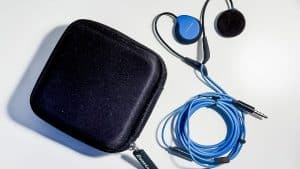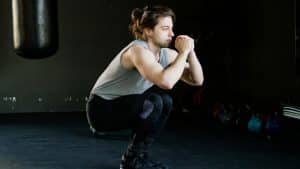We’re not all elite athletes who are looking to sprint 100m in fewer than 10 seconds or break a world record. For most of us, exercise is about something a bit simpler. It’s about functional fitness and being able to take part in regular, everyday activities without aches, pains or getting out of breath (https://longevity.technology/lifestyle/how-can-functional-fitness-benefit-your-daily-life/).
You might be thinking, “I don’t need to do anything that involves fitness in my daily life.” Well, if you ever walk up the stairs, carry a box, or bend down to tie your shoes, I’m sorry to say you need a certain level of fitness. You have a home to maintain, you have work to do, and if you have kids, you need to be able to keep up with them. That’s why functional fitness is so important.
Functional fitness is how you make your workout routine relevant to you. If you can see how your specific exercises benefit the activities you perform on a regular basis, it’s no longer some strange and lofty goal but something with real, tangible benefits. It can be a great motivator while making it easier to plan your goals.
When done properly, a focus on functional fitness will help with reaching, bending, lifting and carrying. It will improve your stamina, not so you can run a marathon but just so the most common household chores don’t wear you out. Balance, flexibility, coordination and core strength can let you move through life more easily, with a much lower risk of injury from falls, strains and sprains.
This means you’re stronger, more flexible and have better stamina. Your all-around physical performance has definitely improved, with even the most incremental gains having an impact. As with all the best exercise, though, the benefits aren’t just physical. Being more functional in your daily life means fewer potential sources of stress and hopefully an improved mood and sense of accomplishment.
The other thing to know about functional fitness is that it only needs some fairly basic exercises that are easy to incorporate into your everyday life. Try activities like planks to strengthen your core, pushups for your upper body, and squats and lunges for your lower body. You could even stand on one leg for brief periods. Don’t forget your stretching.
Take your time, be patient, and you could experience significant improvements in your quality of life.




